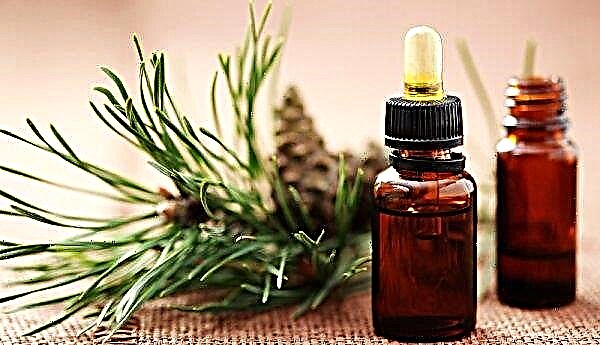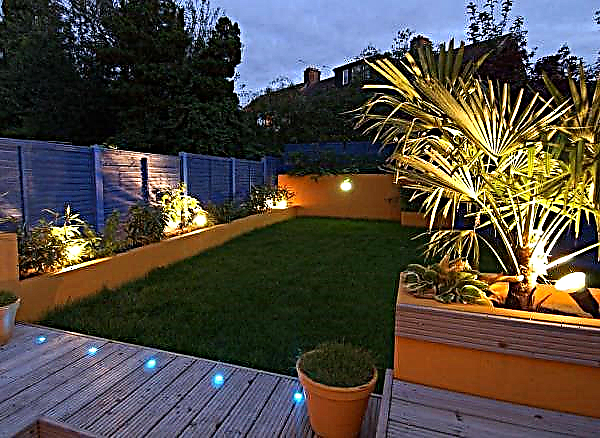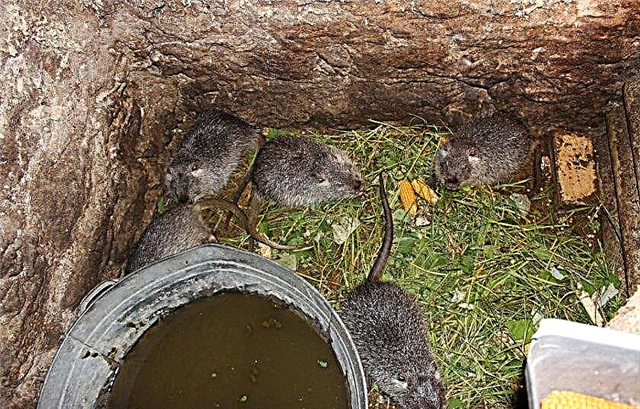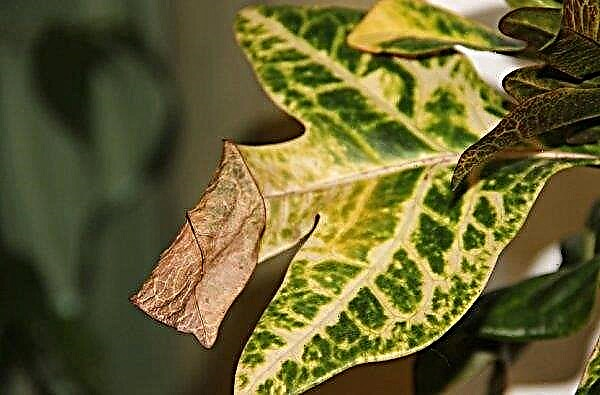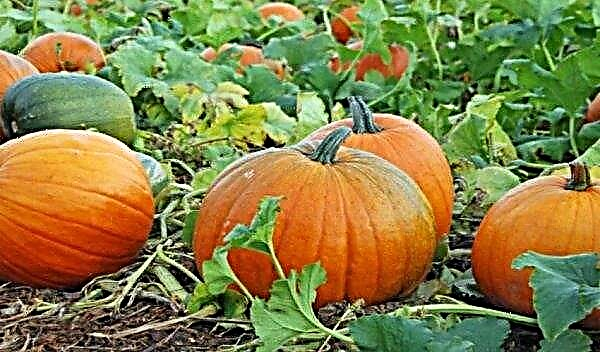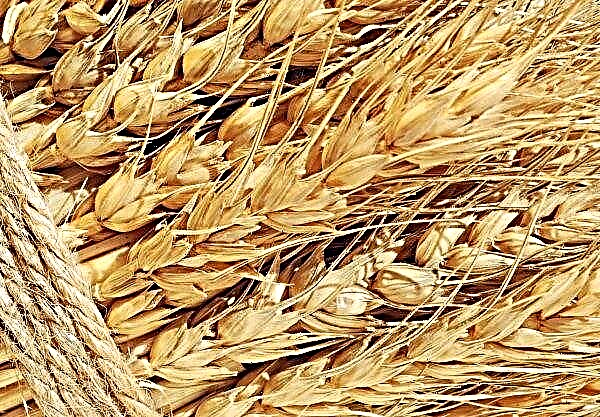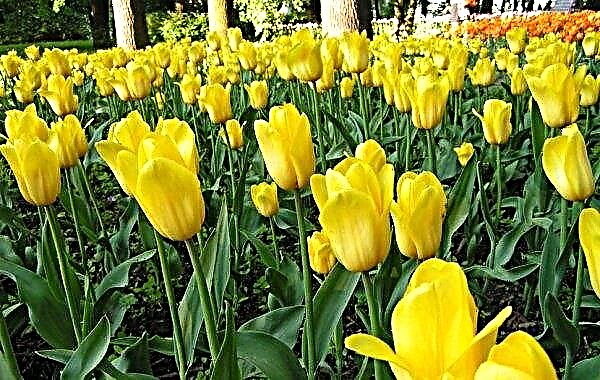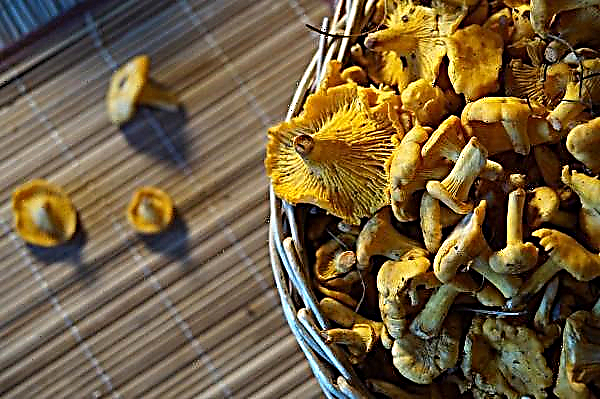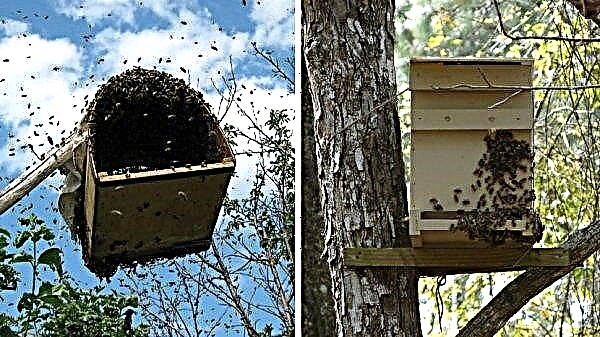The popularity of cedar due to its high decorative qualities, as well as the fact that its wood is widely used in the construction of cottages, is rapidly increasing. In order to admire this magnificent representative of conifers and use it for practical purposes, you must first grow a tree. Agricultural technology itself will not be difficult, but transplanting cedar requires special efforts and knowledge, read more about this in the article.
When to transplant cedar: in summer, autumn and spring
Cedar belongs to crops that can be transplanted at any time of the year. Experienced gardeners, foresters and nursery owners recommend transplants from early spring to early summer. This is the best time for the seedling to take root, grow stronger and grow. You can carry out the procedure in the fall (in September - early October), but there is a risk that the tree does not have time to take root well before the start of frost and cold weather.
Important! When transplanting, it is worth considering the fact where the seedling came to your site: if it is forest, then you need to transplant it in late autumn, even at the beginning of winter. It is recommended to relocate the plant from the nursery to a new place in early spring, summer and early fall.
How to transplant cedar to a permanent place
The procedure for transplanting cedar pine to a permanent site has its own characteristics, which can vary depending on the age and growing conditions of seedlings. The main rule is that the sprouts should be dug together with an earthen lump, otherwise the tree will not take root.

Sapling from the forest
Many gardeners complain that seedlings from the forest do not want to grow on a new site, not suspecting that the reason lies in the violation of the rules of transplantation, or rather, digging, the process of which should be carried out as carefully as possible so as not to damage the rootstock of the plant, most importantly the smallest the roots. The function of small roots is to absorb nutrients and moisture from the soil. Their damage is fraught with death for cedars.
The best age for transplanting cedar seedlings from the forest to a new place is the 5–6th year of life. Guessing how old the young tree is, you can focus on its size: its height should be about 1 m, and the stem width - about 2 cm.

Is it possible to dig out cedar in the forest
If you decide to plant a cedar seedling in your cottage or in a garden plot, you must be aware that you can dig out a tree in the forest only after obtaining permission from the forester. Otherwise, it will be considered theft.
Did you know? Wooden dishes made of cedar wood are ideal for storing fresh milk: it will not turn sour for a long time.
How to dig a cedar in the forest for transplanting
Before you begin the process of digging a five-year or six-year cedar, it is worth familiarizing yourself with the characteristics of the rhizome of the plant in order to minimize the possibility of causing damage to the tree.
It is necessary to dig a seedling so that the lump of earth around the roots is maximally preserved.. Small cedar roots grow very slowly, and at the same time are quite fragile, it is easy to damage and cut them with a shovel. And without them, seedling nutrition is impossible.

Anyone who decides to dig a cedar in the forest should know that the plant has a very sprawling root system, located close to the upper soil layer. The rhizome of a tree is much wider than its crown, therefore, the diameter of digging the soil must be correctly calculated.
It is recommended to use the formula according to which you need to measure the diameter of the cedar trunk and multiply this number by about 20. The earthen lump will be quite large, but at the same time transportable. Now you can understand why cedars need to be replanted at the age of five or six: replanting an adult tree is a very time-consuming process.

When digging up, you may encounter the problem of severe shedding of soil. The fact is that conifers can spontaneously sow on sandy soils, the integrity of which is impossible to maintain. In order to transplant such a tree, it is necessary to dig it in the autumn, when the weather is still warm, and not pull it out of the ground. Then you need to wait until the air temperature drops to -5 ° C and only then take out the tree along with the frozen soil around its roots.
Important! It is necessary to take care not only of digging, but also of the proper transportation of cedar: it is important that during transportation the land does not crumble and does not expose the roots. Also, make sure that the kidney roots are not damaged.
Nursery seedling
Due to the low survival rate of forest cedars, it is best to purchase seedlings in specialized nurseries so as not to translate trees and thereby damage the environment. Prefer plants with a closed root system, that is, buy seedlings in special containers. Even if the sprout is sold without a container, it should be with an earthen lump tied with burlap. Buying plants with bare roots will be a waste of money, because they will not take root in a new place.

In addition to the rhizome, pay attention to the appearance of the young cedar: its needles should be green, without yellowness, the branches are fresh and elastic. Inspect the branches, shoots and needles to make sure there are no damage or dried parts on them. At the tips of the branches of a healthy seedling, there must be growth buds. The best time for transplanting cedar purchased in the nursery is early spring - early summer.
Important! If you doubt the seller’s integrity and are not sure whether he really offers you a cedar seedling, see how many needles come out of one bunch. In cedar, their number is 5, in pine - only two.
Choosing a place to land
The success of growing cedar in many respects depends on the correct choice of seat. The tree prefers well-lit areas, open and ventilated. It is important that the air is not polluted - the evergreen will feel bad, which will affect not only its decorative qualities, but also on growth and development indicators.

It is not recommended to plant cedar close to deciduous crops or to alternate them - the plants will interfere with each other. It is better to group conifers, and even more profitable to plant 3-4 cedars of different varieties together, observing a distance of 8-10 meters. Planting varietal varieties is necessary for cross-pollination. On the resulting openings, you can plant irigus, raspberries, honeysuckle. But not currants or gooseberries, culture does not like such a neighborhood.
The soil on the site must be fertile and nutritiousotherwise the tree will not grow to its natural parameters. Culture prefers loose and light, well-drained types of land.
Did you know? Cedar is the national tree of Lebanon, the flag of which is depicted. As paradoxical as it sounds, there are practically no cedar trees left in the country due to massive felling.
If groundwater lies close to the upper soil layer or the area may be flooded, then before planting the cedar, pour a hill of soil at a selected location, 1 m high and 3 m in diameter. Place a seedling in the center of the hill.

Pit preparation and landing process
The procedure for planting cedar in a permanent place consists of the following steps:
- Digging holes. Its parameters depend on the size of the earthen coma or container in which the seedling grows. The pit should be 10 cm deeper and 20 cm wider than the earthen lump.
- Nutrient preparation. Black soil or peat, sand and clay in the proportions of 3: 3: 1 should be added to the soil mixture. The sandy base for conifers is very important because it is responsible for water and air permeability.
- Putting a seedling in a new place. The plant that you purchased in the container must be watered before planting so that the lump of soil on the roots does not crumble during movement. Forest tree can be planted without moistening the soil lump.
- Watering planted tree 2-3 buckets of water.
Mulch and subsequent care
The obligatory procedure for caring for cedar is mulching, as it helps the tree to take root faster. The fact is that the mulch perfectly stores moisture and will not allow the plant to dry out. For a full life, the cedar needs to plant symbiotic organisms that will help it grow and develop.
Important! Mycelium can settle under the cedar, having got there with coniferous mulch brought from the forest. You can also put several old mushrooms in the planting hole or purchase a mycelium in a specialized store. Another option for sharing the mushroom family is to fill the mushrooms collected in the forest with water, insist for 24 hours and pour such infusion on the ground around the trunk of the plant.
Symbiotic pine, including cedar, are special mushrooms, the mycelium of which is located in the trunk circles of conifers. The functions of the mycelium are to absorb from the soil the beneficial substances that are necessary for the conifer to grow in high quality, but it alone cannot draw them. Mushrooms process nutrients and transport them to the root system of the tree.

In addition to mulching, cedar will need timely watering. In order to understand whether a tree needs moisture, take a lump of soil and squeeze it in a fist: if the earth crumbles after you open your fingers, then you need to water the crop with 2-3 buckets of water.
Features of transplanting an adult tree
Transplanting an adult cedar is not recommended: a large tree does not take root, and in most cases this venture ends with the death of the plant. The culture belongs to large. The average height is 30–40 meters. Digging and moving such a giant tree without special equipment is unrealistic. Even if you manage to dig up an adult tree, then delivering it to a new place, given that the lump of land around the roots can weigh even more than a ton, will be practically impossible.

If you still decide on such an adventure and the adult cedar has been delivered to your site, then you need to take care of the preparation of the landing pit, which is dug with the help of an escalator. The size of the hole should be about half a meter larger than the dimensions of the earthen coma. You need to choose the cedar that grew in a well-lit open area for planting.
Did you know? Cedar belongs to long-lived trees: its age can reach 900 years.
Cedar transplantation is a responsible matter. It is worth carefully familiarizing yourself with the rules of such a procedure so that the tree takes root and takes root. All your chores will be rewarded: the tree will grow and please not one generation of the family not only with its decorative qualities, but also with a pleasant aroma of resin and delicious pine nuts.

